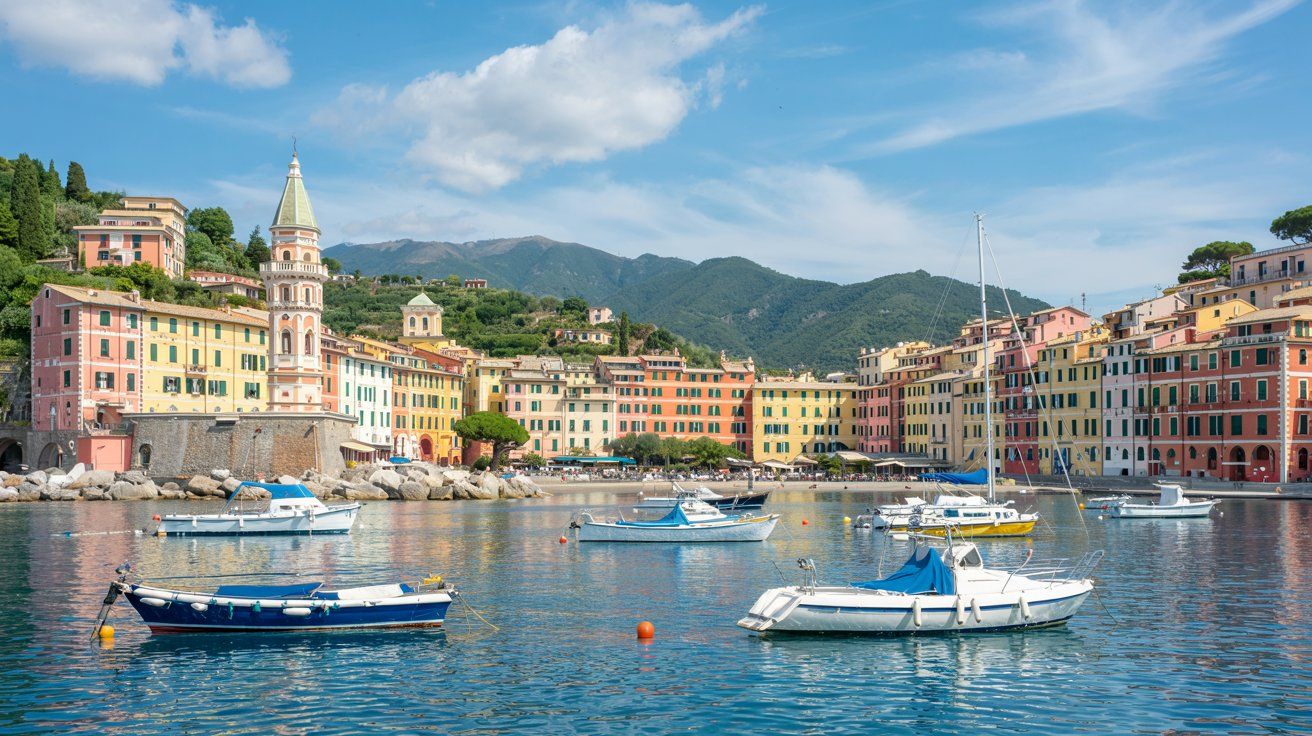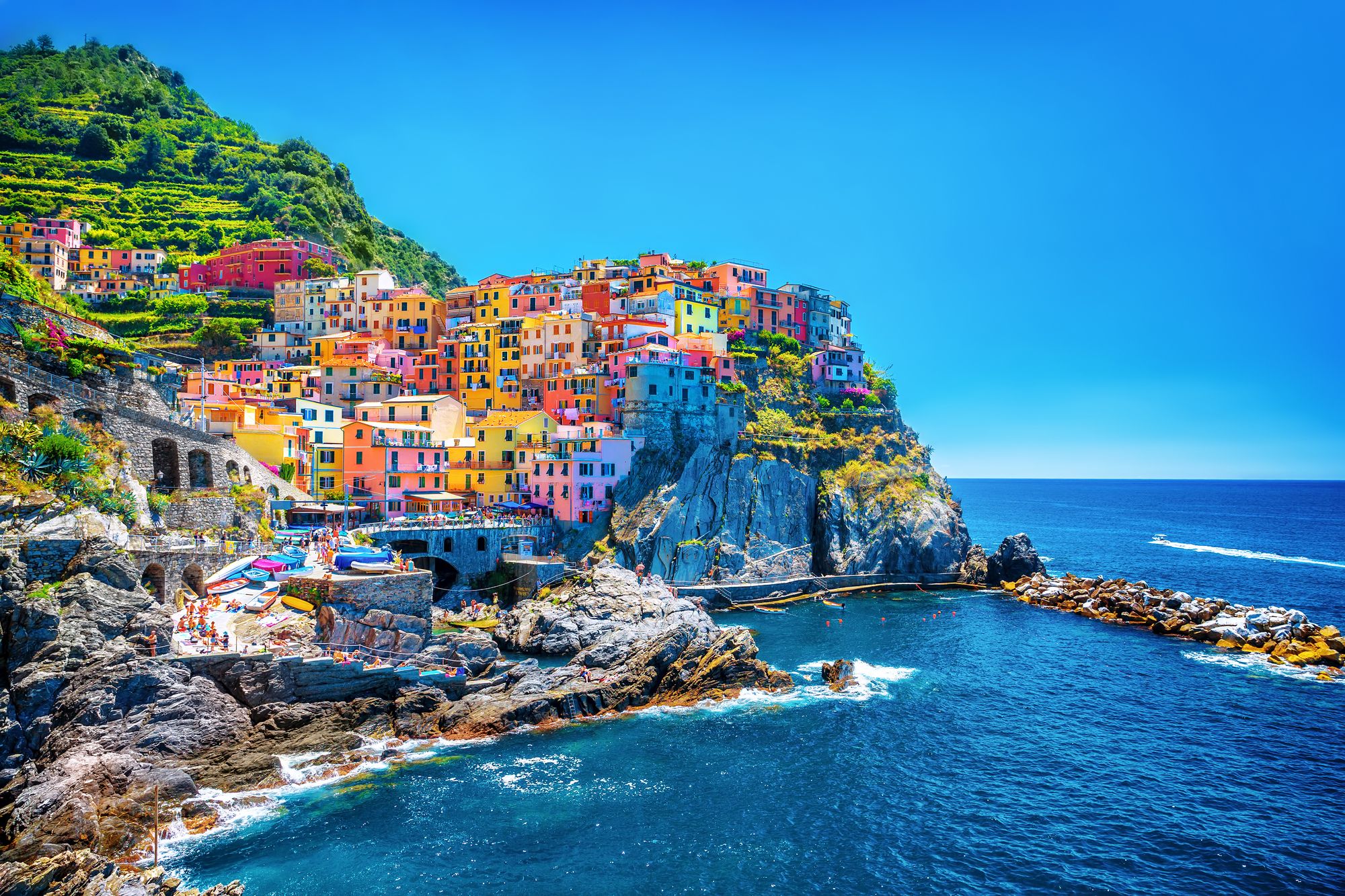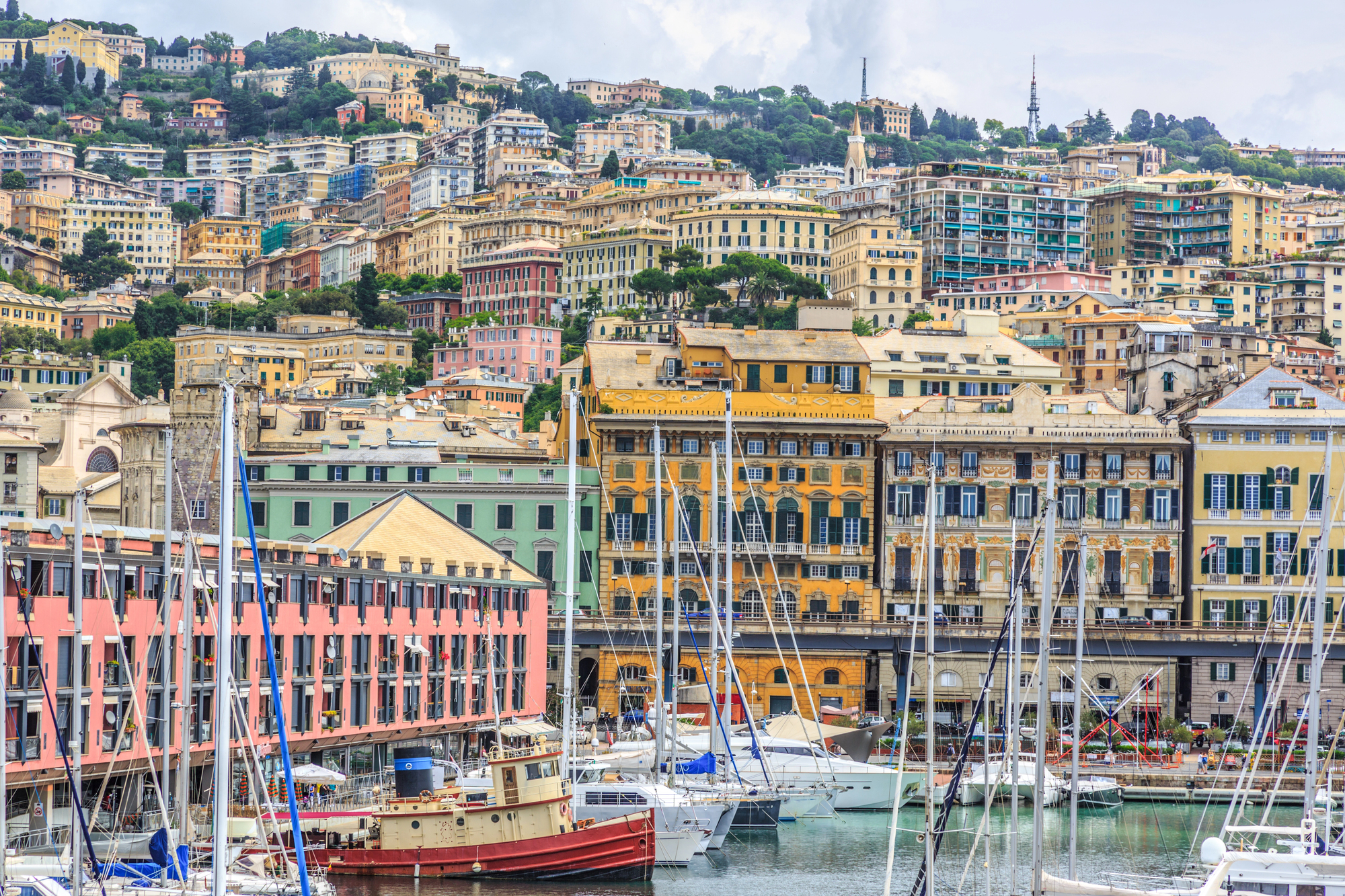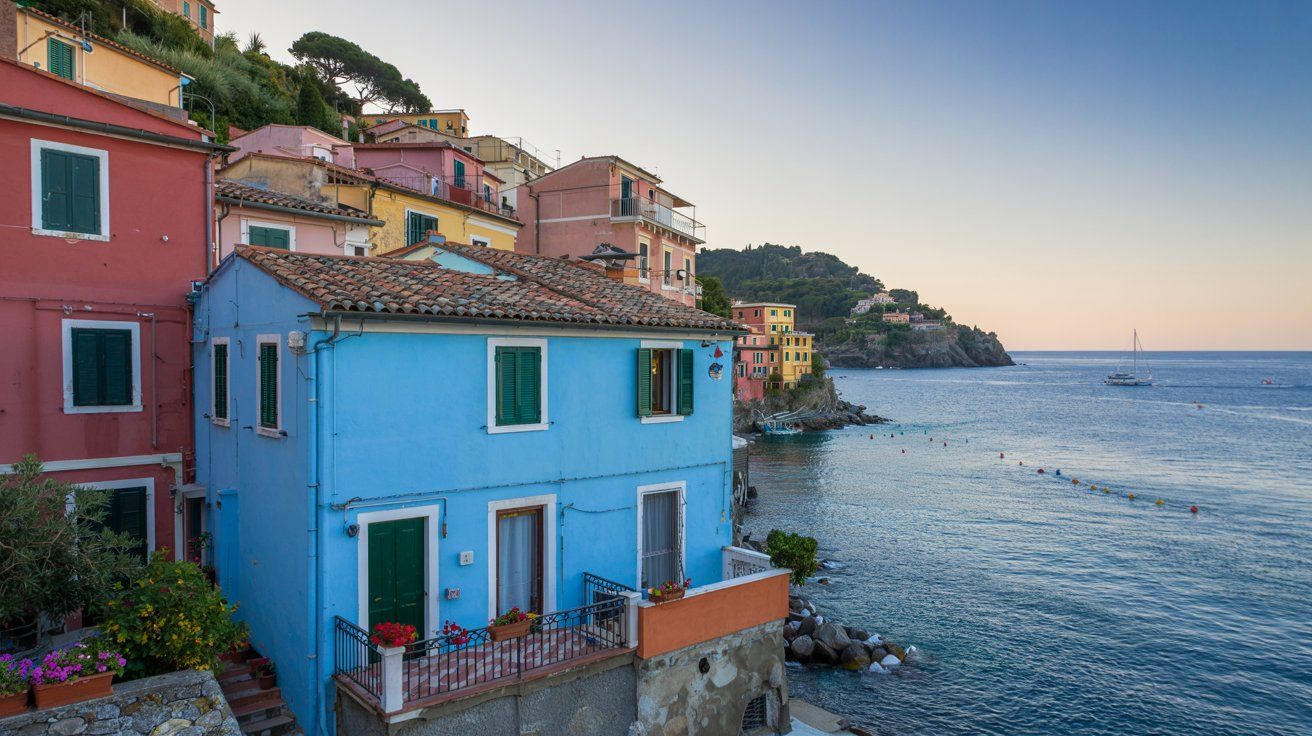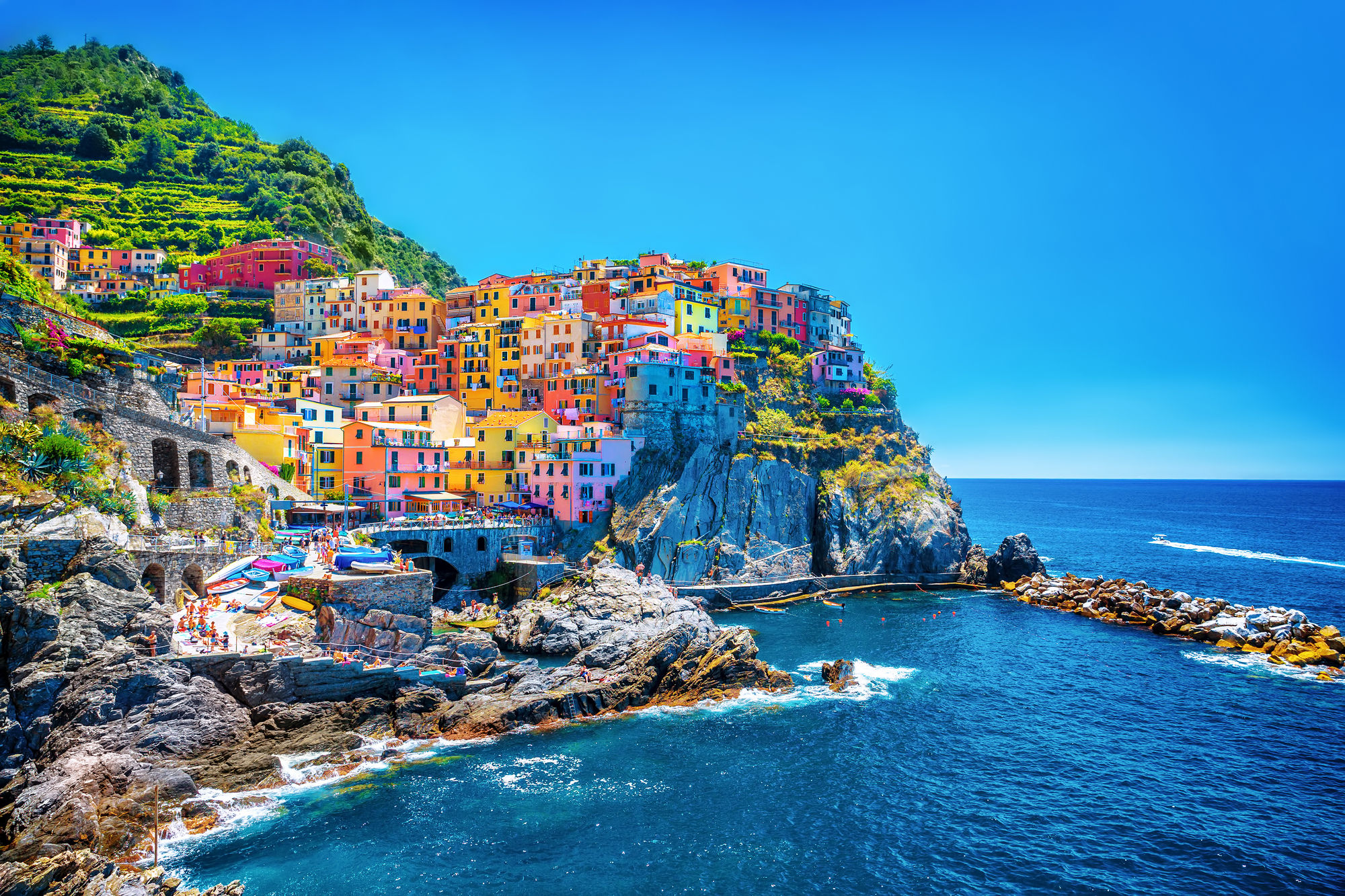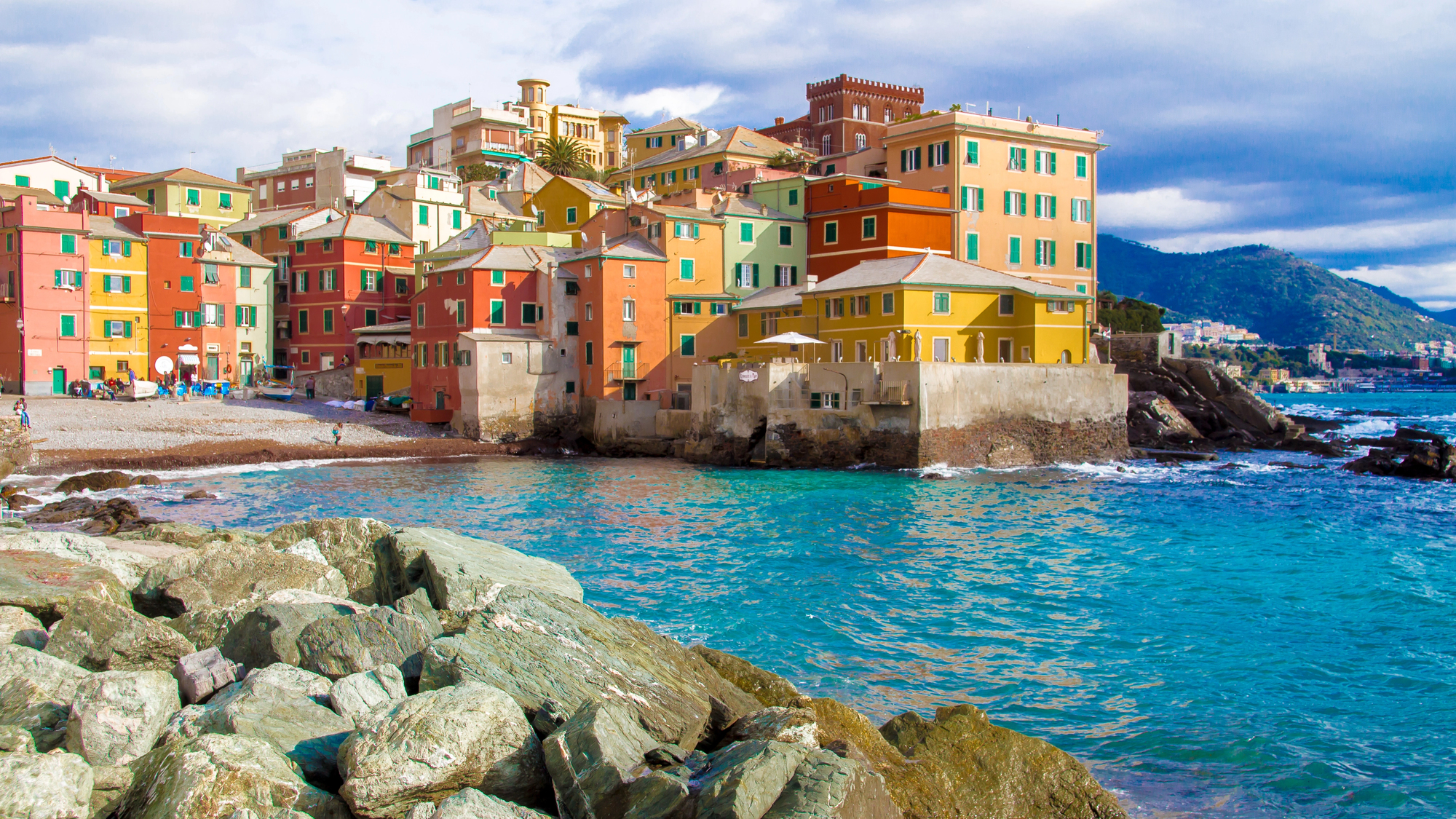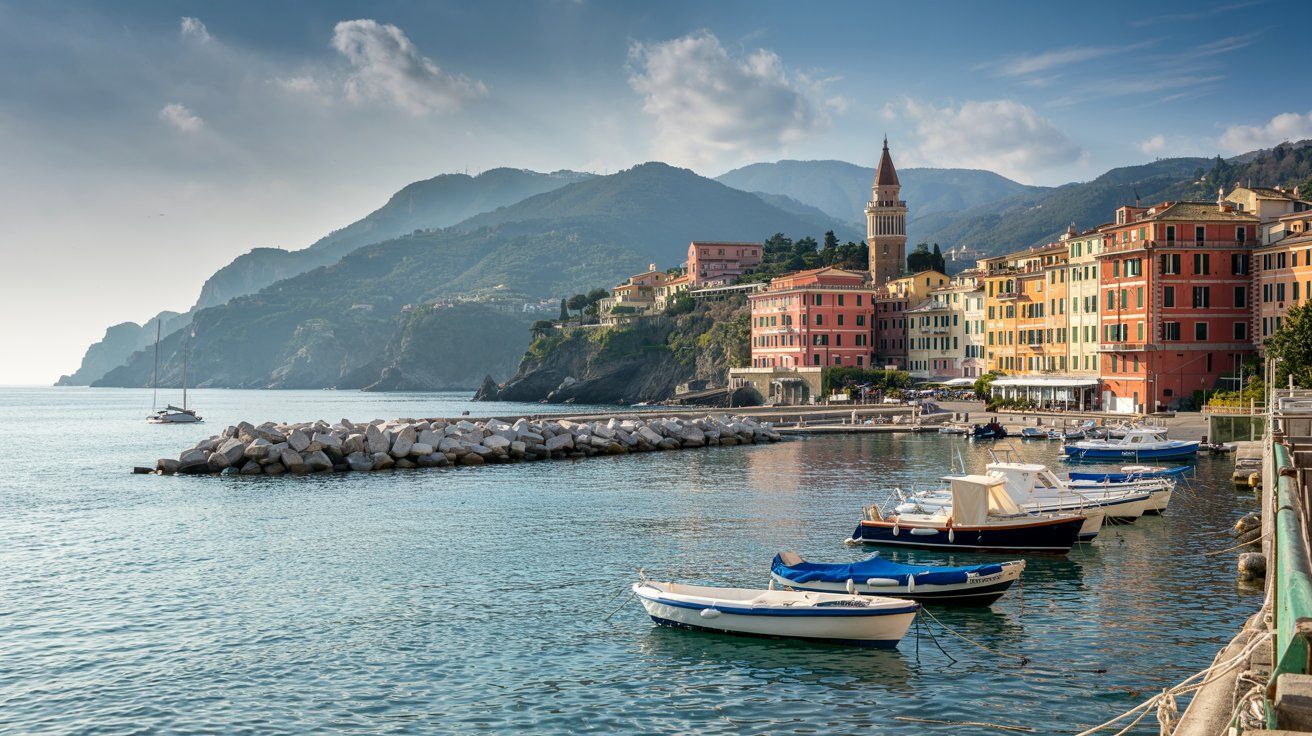Exploring the charm of the Italian Riviera is incomplete without a visit to the picturesque island of Capri. Nestled in the azure waters of the Tyrrhenian Sea, Capri has enchanted visitors for centuries. When pronouncing “Capri,” emphasis is placed on the first syllable, sounding like “KAH-pree” in Italian.
As you plan your voyage through the Riviera, imagine strolling through the vibrant streets of Genoa, indulging in the serene beauty of Portofino, or savoring the unique landscapes of Cinque Terre. Each place along the coast echoes the rich culture and inviting warmth that defines Italy. Whether you’re sunbathing on the beaches of Alassio or exploring the historic charm of La Spezia, every turn offers a new discovery.
Get a discount of 15% to 70% on accommodation in the Italian Riviera! Look for deals here:
Italian Riviera Hotels, Apartments, B&Bs
The Italian Riviera invites you to immerse yourself in its scenic beauty, culinary delights, and the welcoming spirit of its people. Each town has its own story and unique allure, making it the perfect destination for travelers seeking both relaxation and adventure.
Pronunciation of Capri in Italian
In Italian, the name of the island Capri is pronounced differently from the English word “capri.” Understanding this subtle difference is important for anyone planning to explore the vibrant culture of Italy and its breathtaking landscapes.
Stress and Intonation
In Italian, the word Capri is pronounced as /ˈkaː.pri/. The emphasis is on the first syllable “ca.” This differs from English, where different syllables might be stressed. Lengthening and stressing this syllable sets the foundation for proper pronunciation. Natives glide smoothly over the “pri,” ensuring a seamless transition between sounds. By mastering this stress pattern, you can communicate more effectively. Practicing this pronunciation with native Italian speakers or through reliable audio resources can further enhance your skills.
Comparison with English
In English, many people pronounce “capri” as “kuh-PREE,” especially when referring to capri pants. However, this is not how Italians pronounce the name of the island. Instead, Italians stress the first syllable, making it sound stronger and longer than the second. The difference may seem small, but it changes the word’s musicality. If you say “Capri” correctly in Italian, it improves your language skills and helps you blend in more with Italian culture. Listening to native speakers can make learning easier and more enjoyable.
Linguistic Characteristics of Italian
Italian, a language of melody and harmony, features distinct sounds and regional influences. You’ll find clear and rhythmic patterns, along with variations that give each Italian region its unique flavor.
Consonant and Vowel Sounds
The Italian language has a clear distinction between consonants and vowels. Vowels in Italian (a, e, i, o, u) are pronounced crisply, making the language sound musical. Each vowel has one sound, unlike English, adding clarity and rhythm. For example, the “a” in “pasta” is always pronounced the same regardless of its position in a word.
Consonants also have distinctive sounds. Double consonants, like “tt” in “matto,” are emphasized more than in English. This gives words a pronounced bounce and texture. The letter “c” can have different sounds, such as a hard “k” sound before a, o, u (like in “casa”). In contrast, it transforms into a soft “ch” before e and i (as in “cena”).
Dialectal Variations
Italy’s linguistic diversity includes several dialects that reflect its rich cultural tapestry. As you travel through towns like Genoa or Portofino, you’ll notice local dialects shaping the language. In Liguria, dialects like Genoese add unique twists to standard Italian, infusing it with regional color.
In some areas, you might stumble upon Ligurian phrases mixed with Italian. This blend adds an intimate aspect to conversations, underpinning the region’s unique identity. The Italian Riviera boasts distinct dialectal flavors, enhancing the experience of visiting these splendid coastal towns. Whether you’re enjoying the picturesque views of Sanremo or the charm of Cinque Terre, the dialects provide you with a deeper connection to each locale.
Get a discount of 15% to 70% on accommodation in the Italian Riviera! Look for deals here:
Italian Riviera Hotels, Apartments, B&Bs

